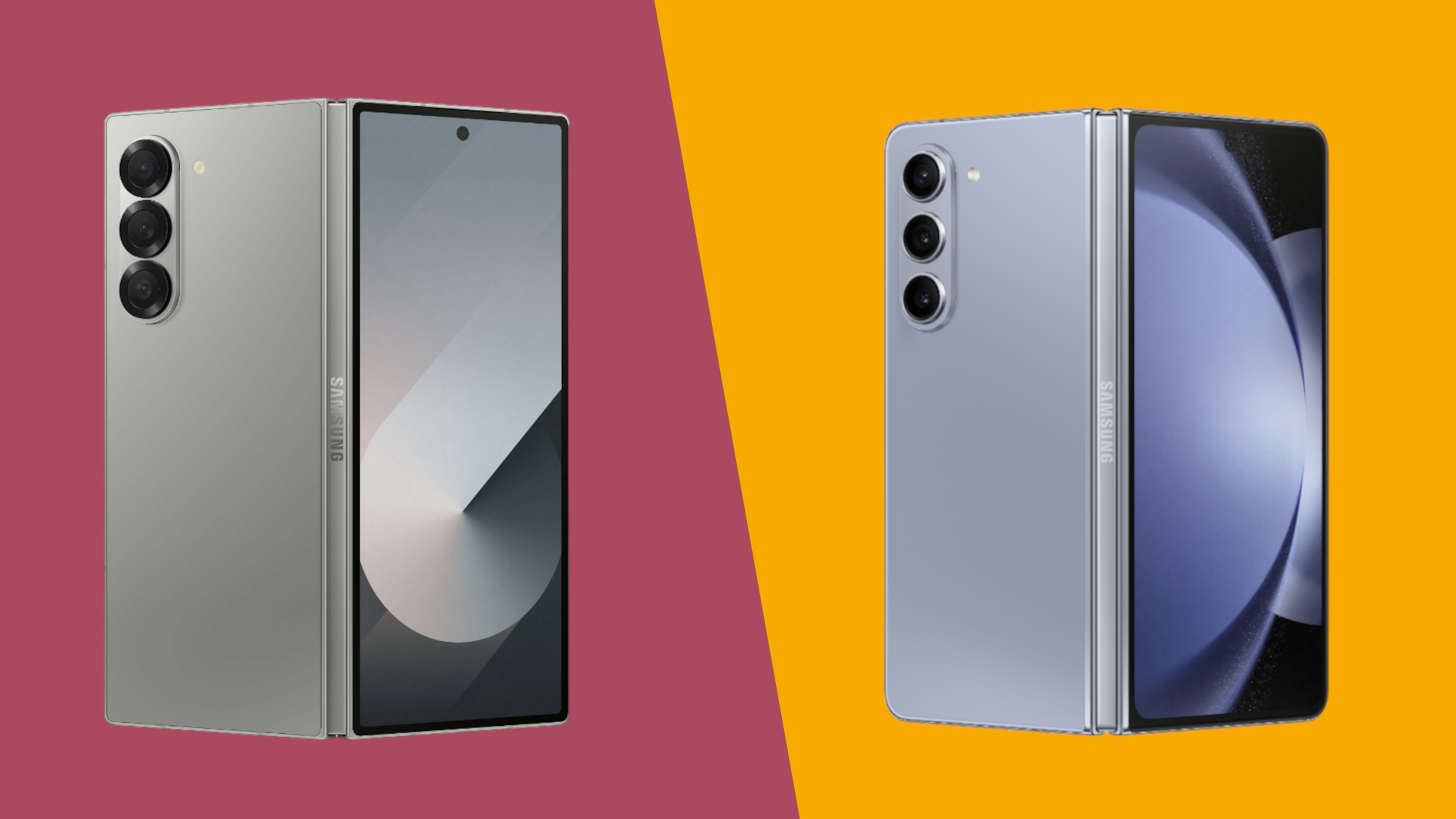
Weight: 239g
Dimensions: 153.5 x 132.6 x 5.6 mm (open), 153.5 x 68.1 x 12.2 mm (closed)
Screen size: 7.6-inch (main), 6.3-inch (cover)
Resolution: 1856 x 2160 (main), 968 x 2376 (cover)
CPU: Snapdragon 8 Gen 3 for Galaxy
RAM: 12GB
Storage: 256GB/512GB/1TB
Battery: 4,400mAh
Rear camera: 50MP+12MP+10MP
Front camera: 10MP (cover), 4MP (under-display)
The Galaxy Z Fold 6 boasts a slimmer, sharper design than the Galaxy Z Fold 5, as well as a brighter main screen and more AI-focused processing power. You will, however, pay a high premium for these arguably iterative upgrades.
For
- Best foldable yet from Samsung
- Bigger, brighter main screen and wider cover display
- Lots of AI
Against
- Camera array got only a small upgrade
- More expensive
Weight: 253g
Dimensions: 154.9 x 129.9 x 6.1 mm (open), 154.9 x 67.1 x 13.4 mm (closed)
Screen size: 7.6-inch (main), 6.2-inch (cover)
Resolution: 1812 x 2176 (main), 904 x 2316 (cover)
CPU: Snapdragon 8 Gen 2 for Galaxy
RAM: 12GB
Storage: 256GB/512GB/1TB
Battery: 4,400mAh
Rear camera: 50MP+12MP+10MP
Front camera: 10MP (cover), 4MP (under-display)
The Galaxy Z Fold 5 maintains comparable cameras and battery life to the Galaxy Z Fold 6, though it loses out on the newer phone's superior chipset and main display.
For
- It folds flat
- Lighter and thinner than its predecessor
- Snappy performance
Against
- Cover screen now feels too narrow
- The cameras are good but unchanged
- Should include the S Pen
Samsung used its latest Galaxy Unpacked event to announce the Galaxy Z Fold 6, a sharp-cornered new manifestation of its premium foldable vision. But how does the Galaxy Z Fold 6 compare to the Galaxy Z Fold 5 before it?
There’s no denying that Samsung put foldable phones on the map, but with products from other manufacturers now dominating our best foldable phone guide, questions have emerged surrounding the Korean giant’s ability to continue innovating in the foldable space. Has Samsung’s flagship Fold series started to look a little flat compared to the competition? You’d certainly be forgiven for thinking so.
The Galaxy Z Fold 6, then, has a degree of pressure on its shoulders. We liked its predecessor a lot, awarding the phone 4.5 stars in our Galaxy Z Fold 5 review, but the 2023 handset wasn’t without its faults. You’ll find our full verdict on the Galaxy Z Fold 6 in our Galaxy Z Fold 6 review, but below, we detail how the new phone stacks up against the Galaxy Z Fold 5.
Samsung Galaxy Z Fold 6 vs Samsung Galaxy Z Fold 5: specs comparison
Before we get to an in-depth breakdown of how these two phones compare, here’s a brief overview of their key specs.
Samsung Galaxy Z Fold 6 vs Samsung Galaxy Z Fold 5: price and availability
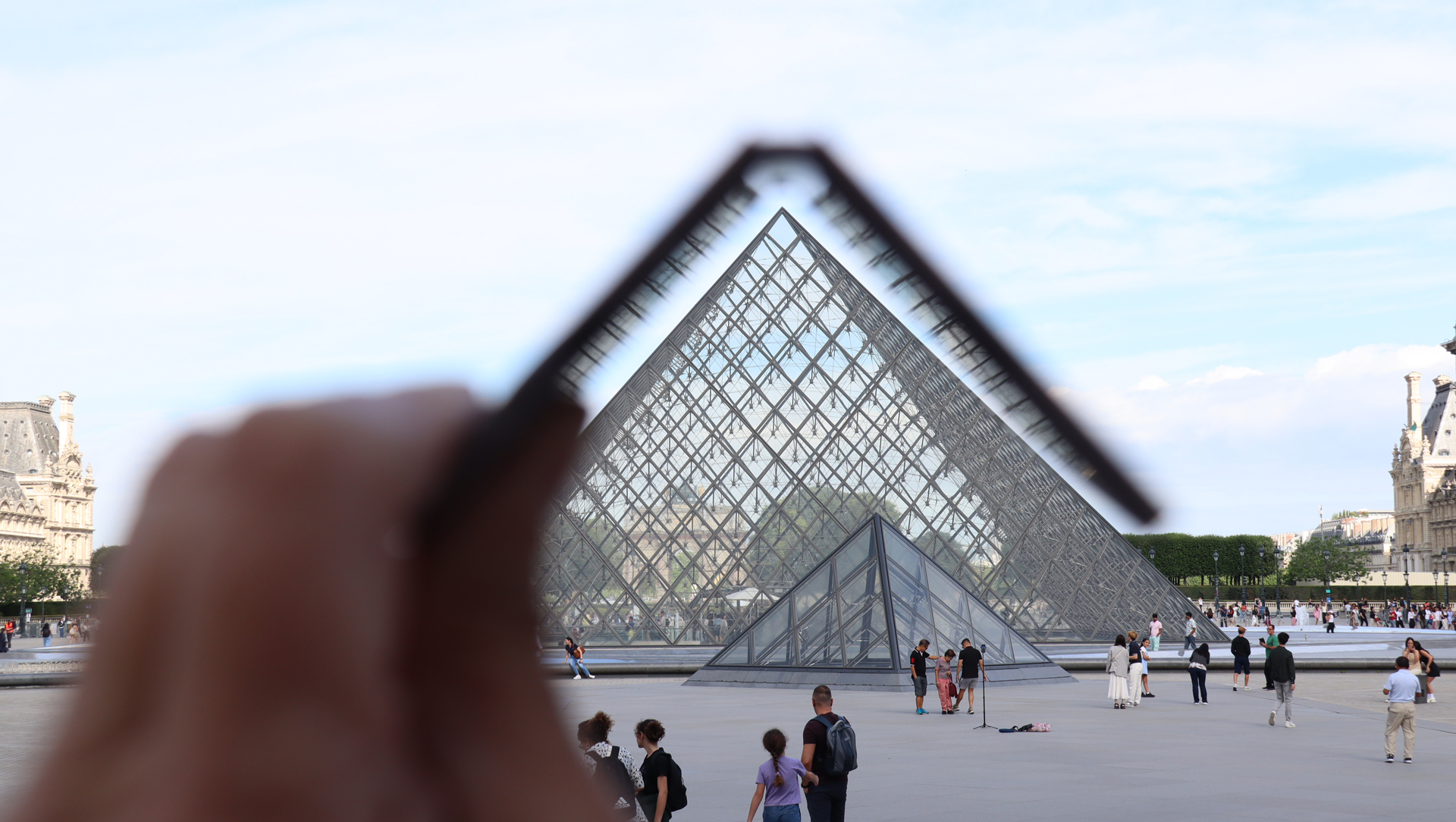
The Galaxy Z Fold 6 went on sale in the US, UK and Australia in July 2024. The phone’s predecessor, the Galaxy Z Fold 5, launched just under a year earlier in August 2023.
Prices for the Galaxy Z Fold 6 start at $1,899 / £1,799 / AU$2,749 for the 256GB model, moving up to $2,019 / £1,899 / AU$2,949 for 512GB and $2,259 / £2,099 / AU$3,299 for 1TB.
When the Galaxy Z Fold 5 hit the market in 2023, prices started at $1,799.99 / £1,749 / AU$2,599 for the model with 256GB of storage. That rose to $1,919.99 / £1,869 / AU$2,799 for 512GB, while 1TB would set you back $2,159.99 / £2,049 / AU$3,149.
As you can see, the Fold 6 represents a $100 / £50 / AU$150 price bump over the Fold 5. The latter phone is likely to be on sale for months to come, too. So, is the Fold 6 worth the extra cost?
Samsung Galaxy Z Fold 6 vs Samsung Galaxy Z Fold 5: design
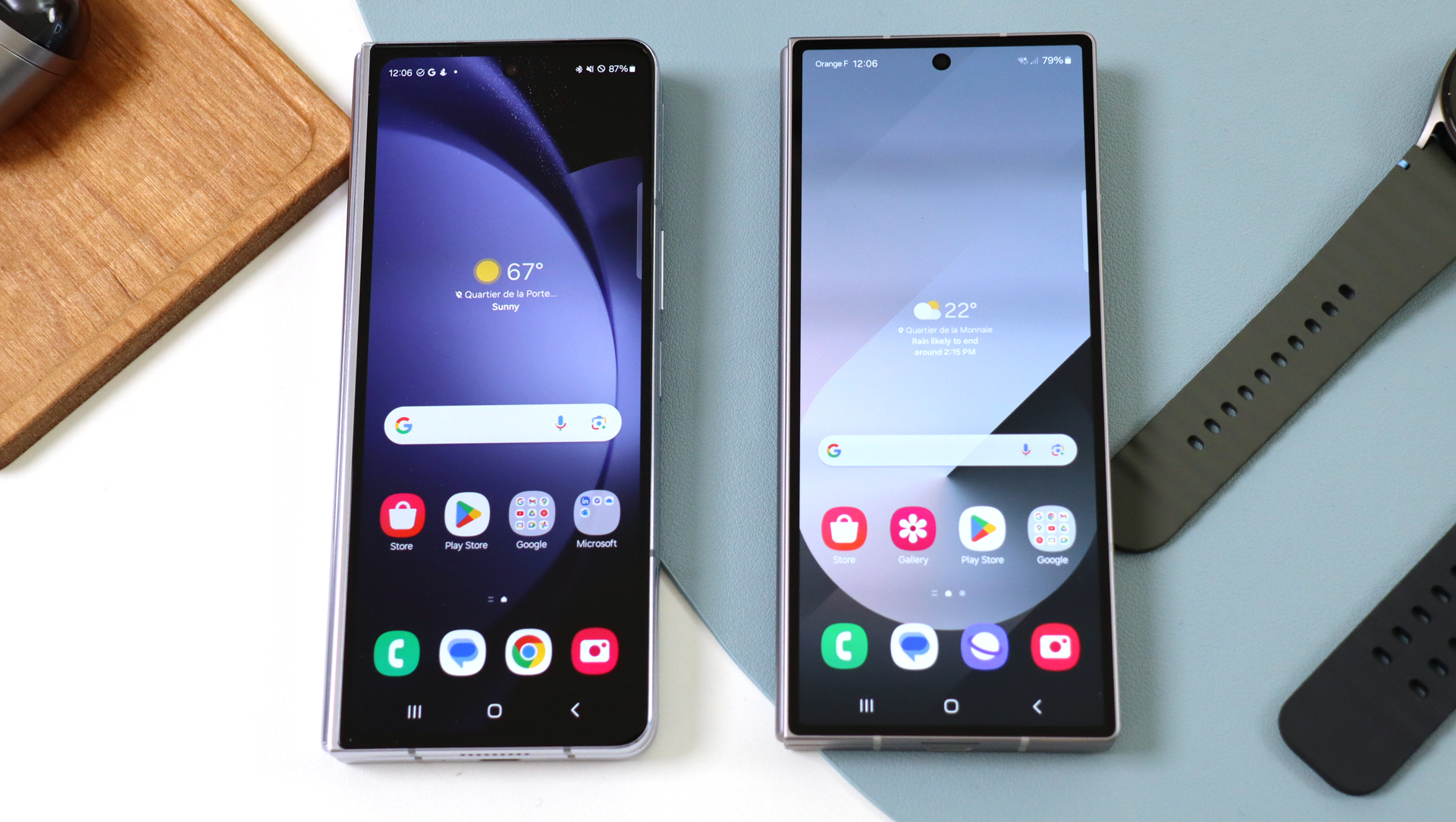
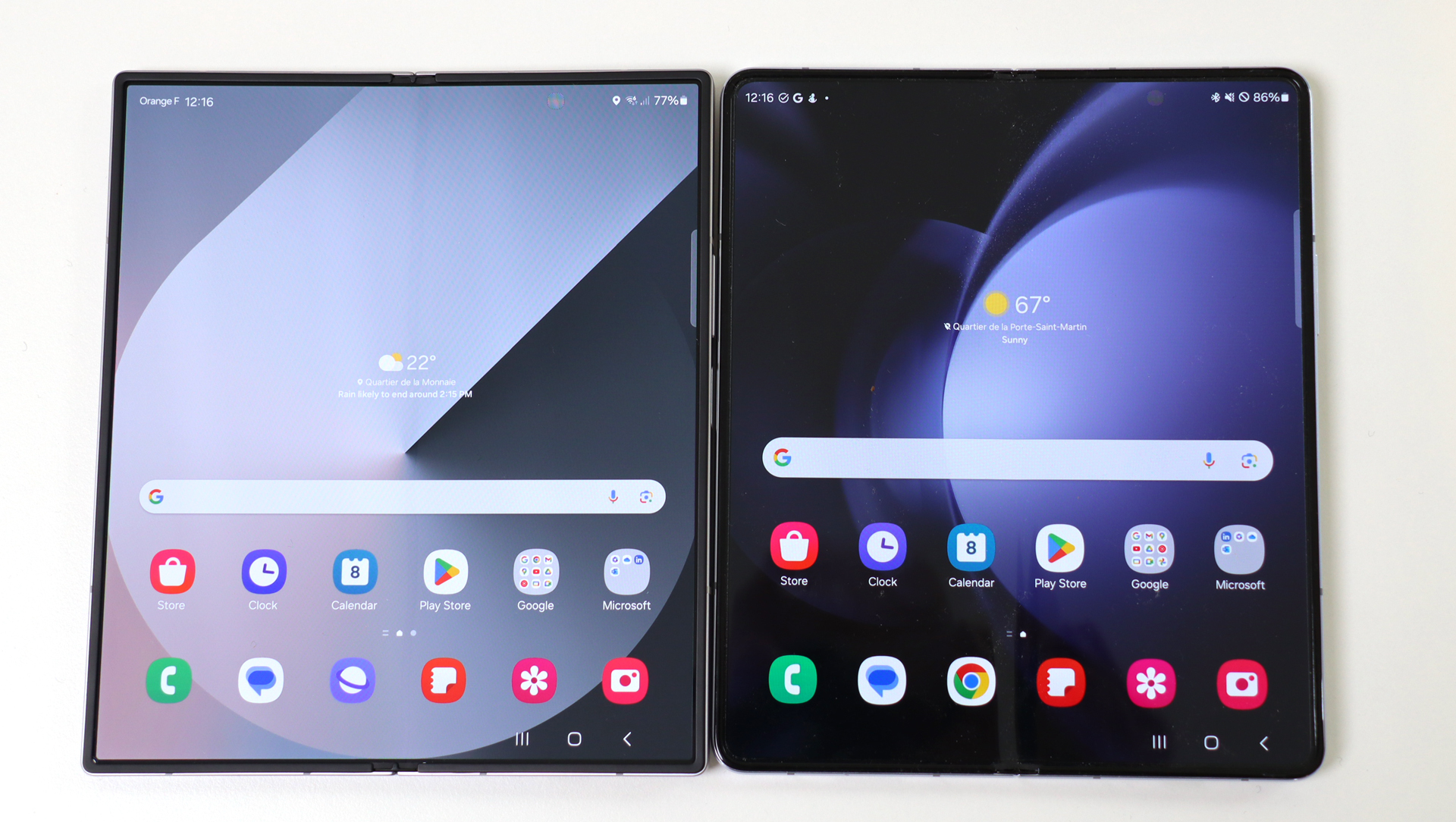
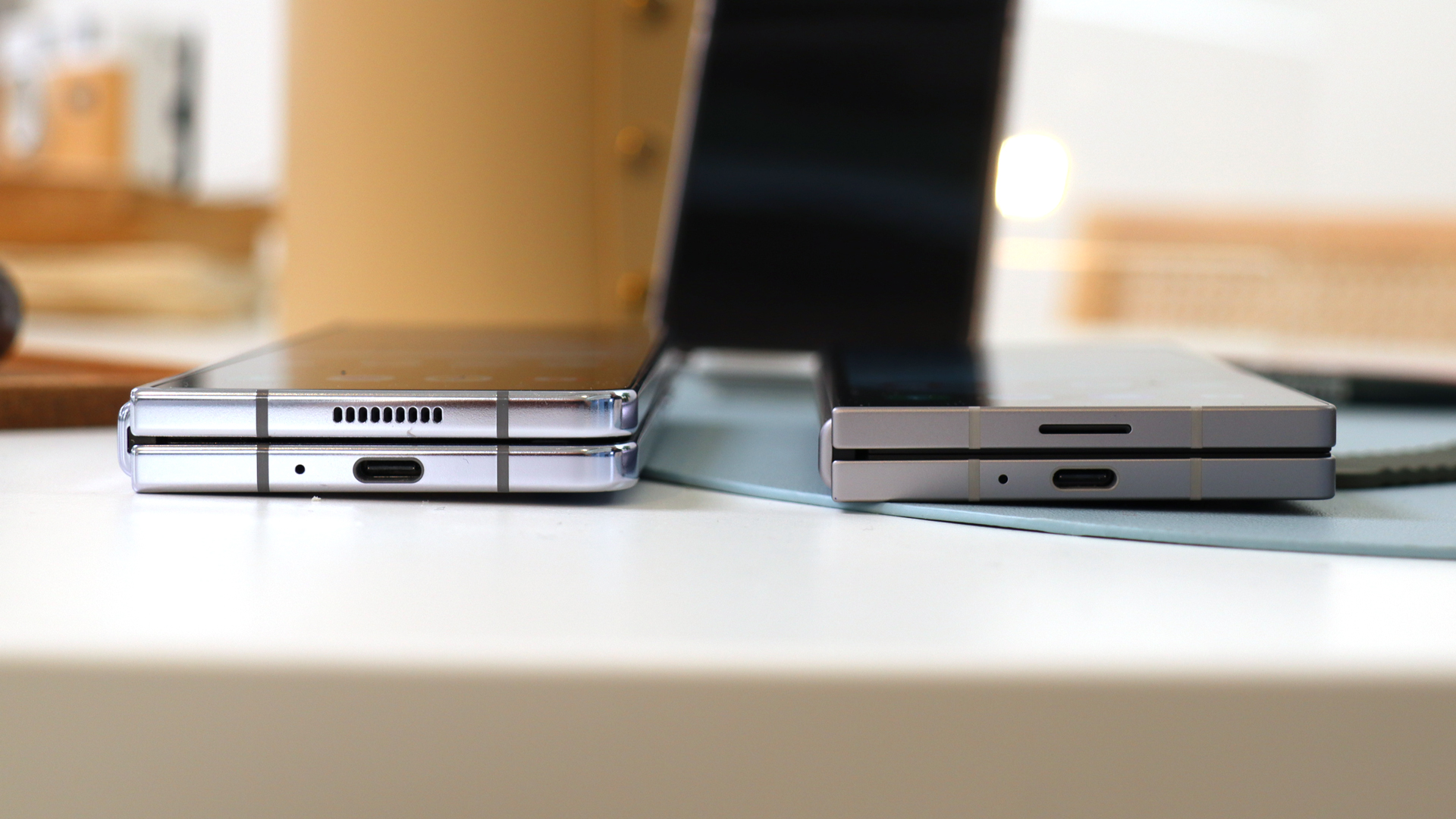
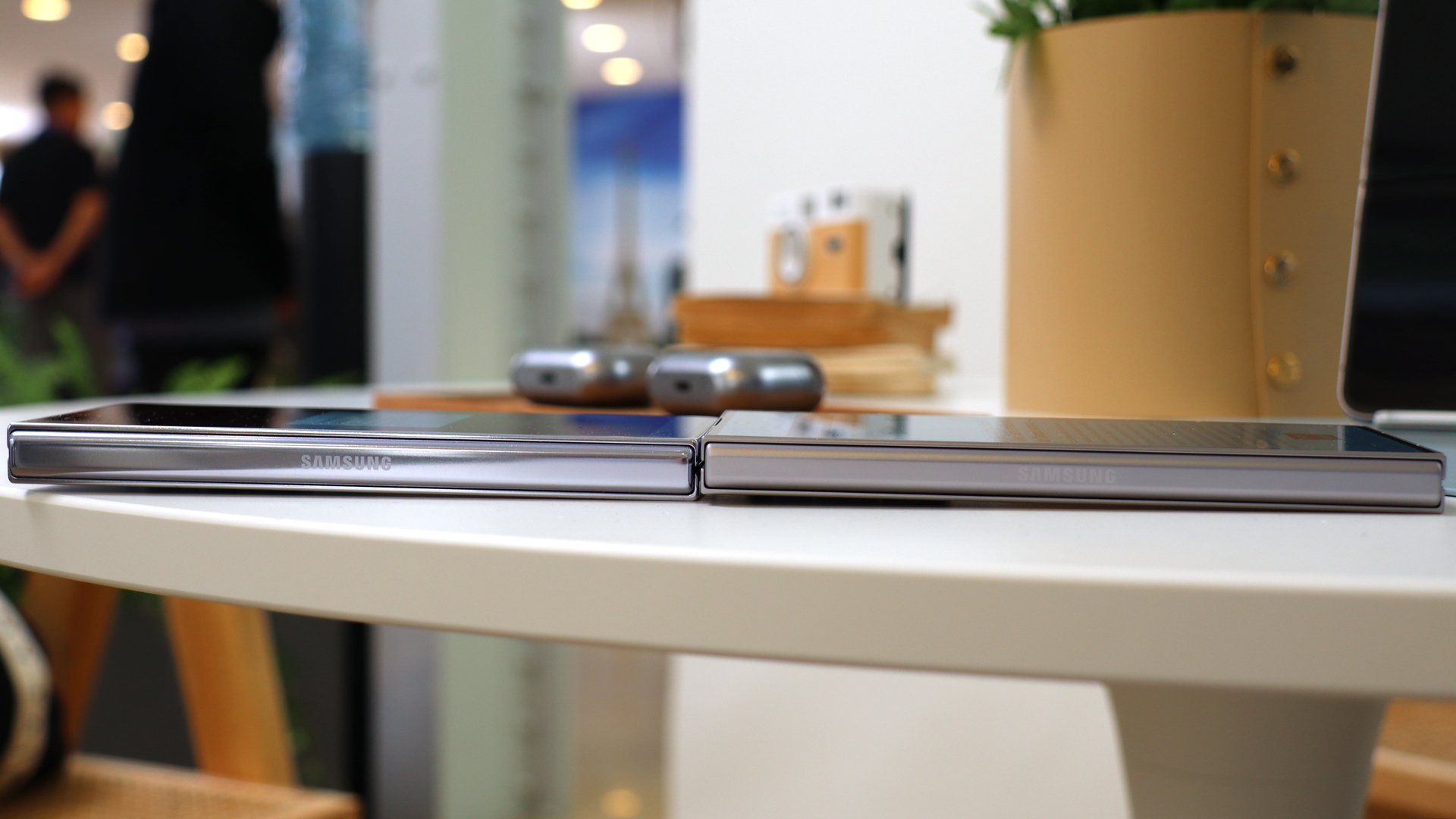
Samsung hasn’t conducted a major overhaul with the design of the Galaxy Z Fold 6, but there are several subtle tweaks.
Perhaps the most consequential is a reduction in weight from the Fold 5’s 253g to a more manageable 239g. These are both big phones, but the Galaxy Z Fold 6 is now approaching the top end of non-foldable territory. The Galaxy S24 Ultra, for example, weighs 232g.
The Fold 6 is also slimmer than its predecessor. At 5.6mm thick when open, it’s a good 0.5mm thinner than the Fold 5. With a zero-gap hinge design tightening the gap between the two halves on the Fold 6, this translates to an impressive 1.2mm reduction when closed.
Samsung has also subtly changed the proportions of the Fold 6. At 153.5 x 132.6 when open, it’s 1.4mm shorter and 2.7mm wider than the Fold, making it feel a little squarer than before.
That square feeling can also be attributed to the Fold 6’s pointier corners and even flatter edges. Throw in a new matte finish to its Enhanced Armor Aluminum frame, and the Fold 6 design feels more purposeful and industrial than the Fold 5.
Another subtle difference is the Galaxy Z Fold 6’s new color-contrasting camera lens surrounds, which make for a more distinctive rear panel.
Both phones use Gorilla Glass Victus 2 on the front and back, so they’re similarly scratch-resistant. The Fold 6 is more dust resistant, however, thanks to an IP48 rating compared to the Fold 5’s IPX8.
Samsung Galaxy Z Fold 6 vs Samsung Galaxy Z Fold 5: displays
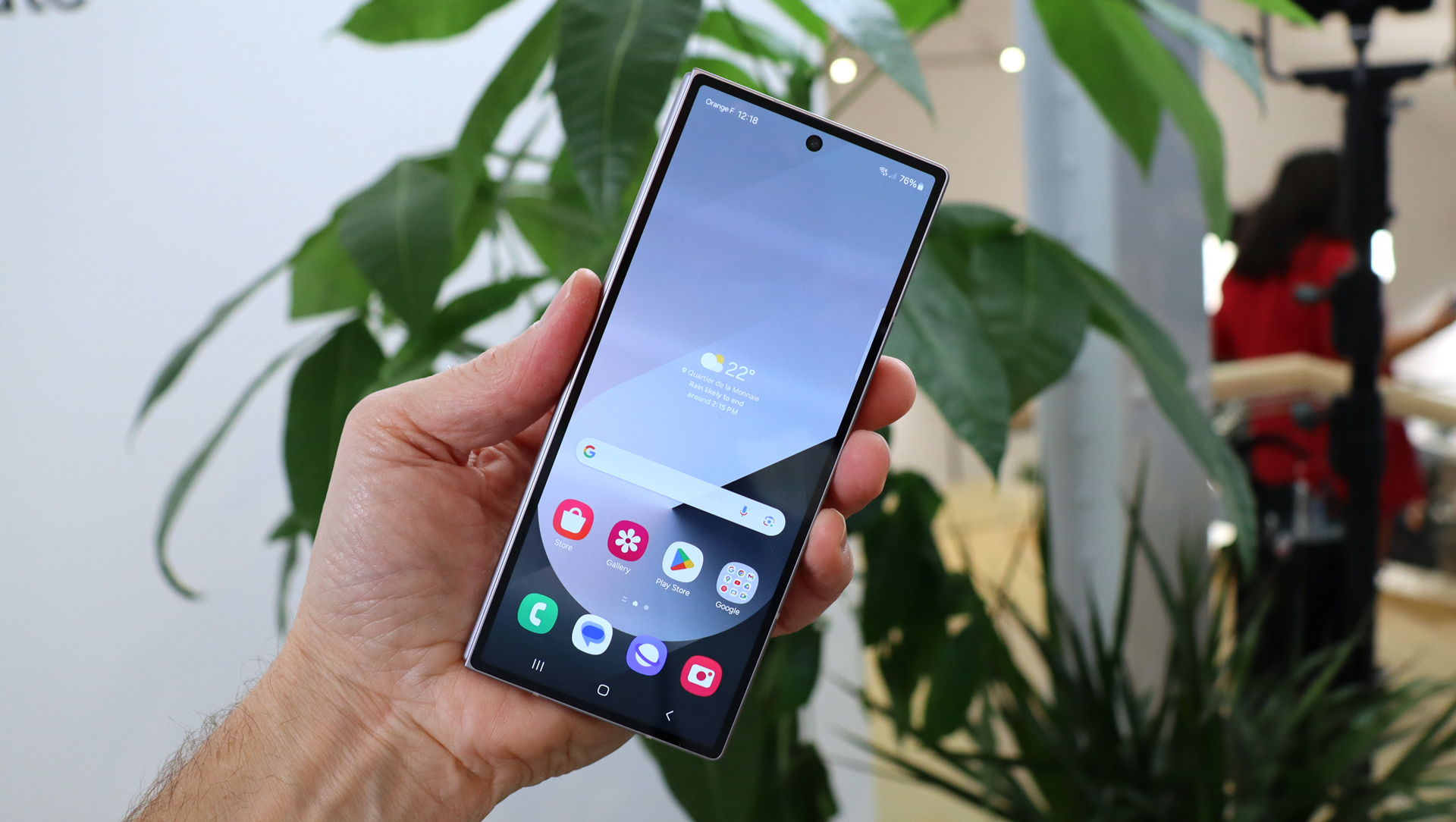
Both of these foldable phones have a pair of displays – one large internal AMOLED and one smaller internal Cover Screen. This essentially enables the Folds to serve as ‘normal’ phones when closed up, and mini-tablets when open.
In both cases, you get a 7.6-inch main screen with a 120Hz refresh rate. While the Fold 5 resolution hits 1812 x 2176, the Fold 6’s main screen hits 1856 x 2160. This reflects the fact that the Fold 6’s screen is slightly shorter and wider than the previous phone’s. There isn’t much in it, but the difference is there.
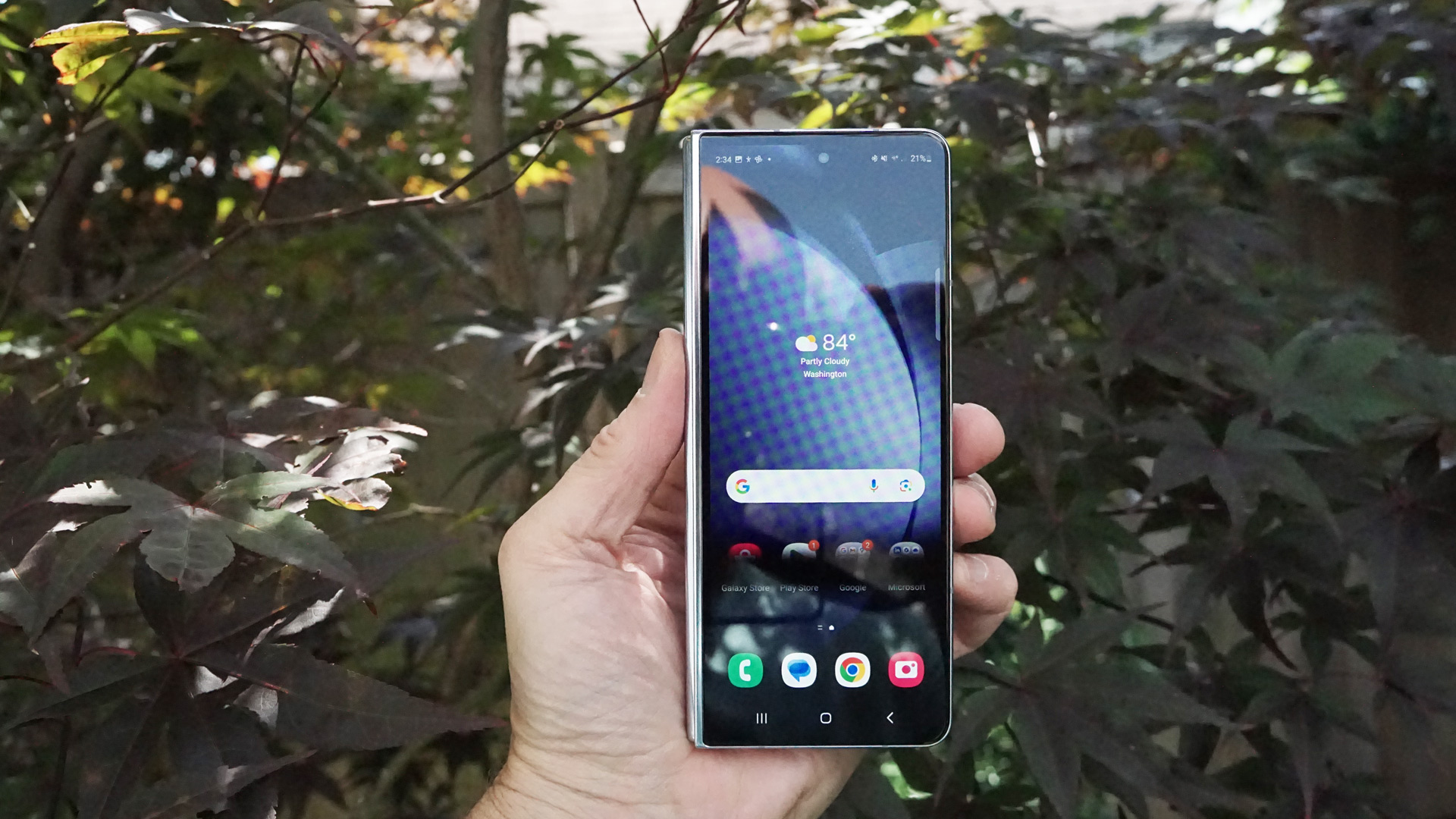
There’s a more pronounced difference with the external screens, with the Fold 6’s 6.3-inch cover screen being fractionally larger than the 6.2-inch Fold 5’s equivalent. Both are 120Hz. The resolution difference is 904 x 2316 in the Fold 5 and 968 x 2376 in the Fold 6 which, if you work it out, tells you that the Fold 6’s cover screen isn’t quite as lanky as before. In other words, the Galaxy Z Fold 6 feels a little more fit for purpose as a regular non-foldable phone when it’s in the closed position.
So far, these are all subtle tweaks, but one flat-out improvement across the Fold 6’s two screens is that they both get quite a bit brighter than the Fold 5 equivalents. While the older phone only gets to a 1,750-nit peak brightness, the Fold 6 can reach 2,600 nits.
Both of these larger displays are compatible with Samsung’s foldable version of the S Pen stylus, though you’ll need to buy this separately in both cases. That’s a bummer in itself, but there’s also the fact that you can’t stash this stylus on either phone when not in use.
Samsung Galaxy Z Fold 6 vs Samsung Galaxy Z Fold 5: cameras
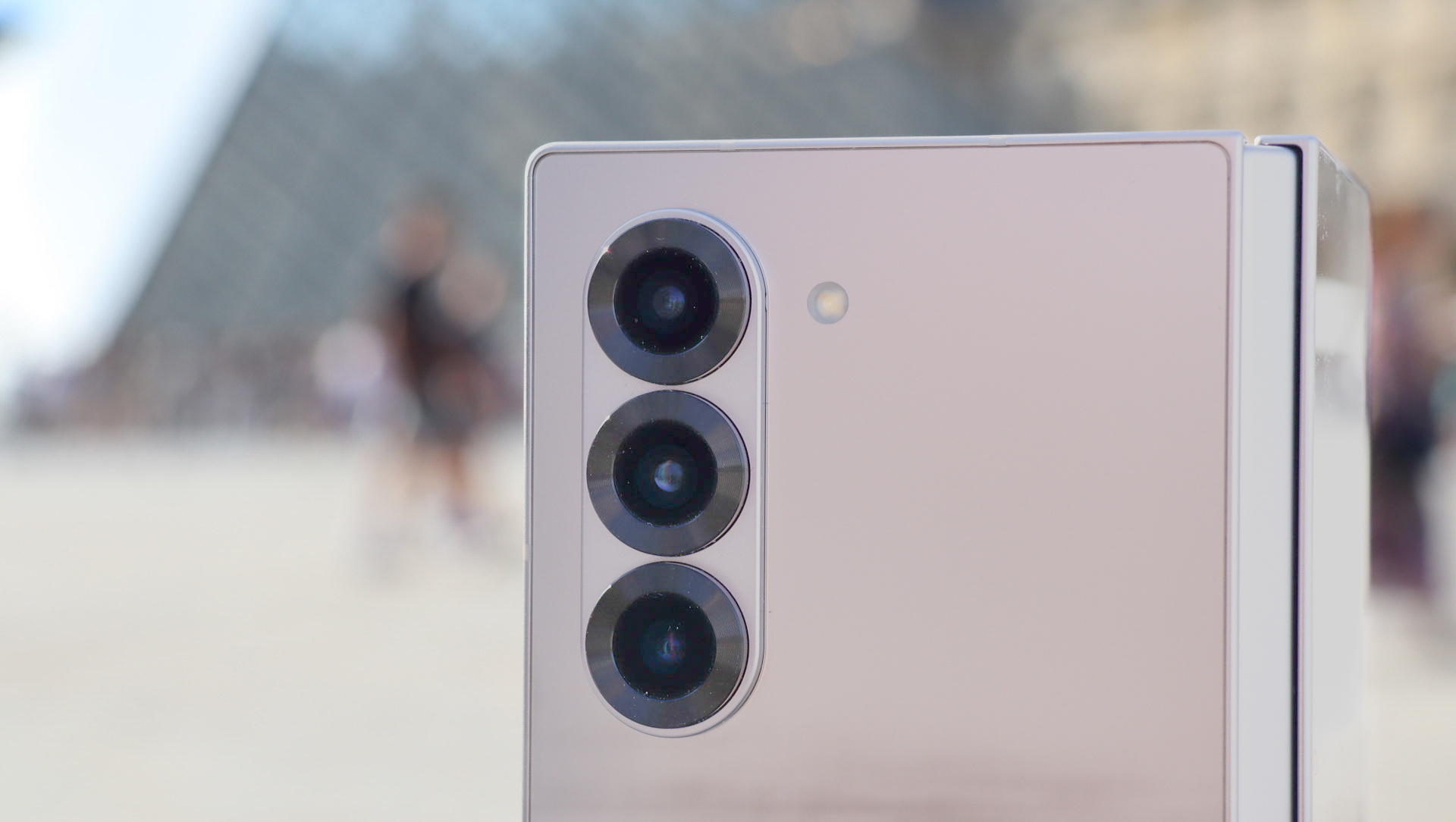
Samsung hasn’t done much with the Galaxy Z Fold 6’s camera provision since the launch of the Galaxy Z Fold 5 – or the Galaxy Z Fold 4 for that matter. The components are all very similar indeed.
You get the same 50MP f/1.8 main camera, the same 10MP f/2.4 3x telephoto, and a similar-looking but slightly upgraded 12MP f/2.2 ultra-wide. The latter makes for better low-light shots from the new Fold, but as we noted in our review, they’re generally still just “fine”, rather than being leagues better.
Besides capturing native 3x optical shots, both telephoto cameras can capture hybrid zoom shots up to 30x.
On the video front, both the Fold 6 and the Fold 5 can record up to 8K video at 30fps. That’s a true above-and-beyond provision, though we’re not sure how many people will find it useful. Which is to say, we actually do have a pretty good idea how many people will find this useful: hardly any.
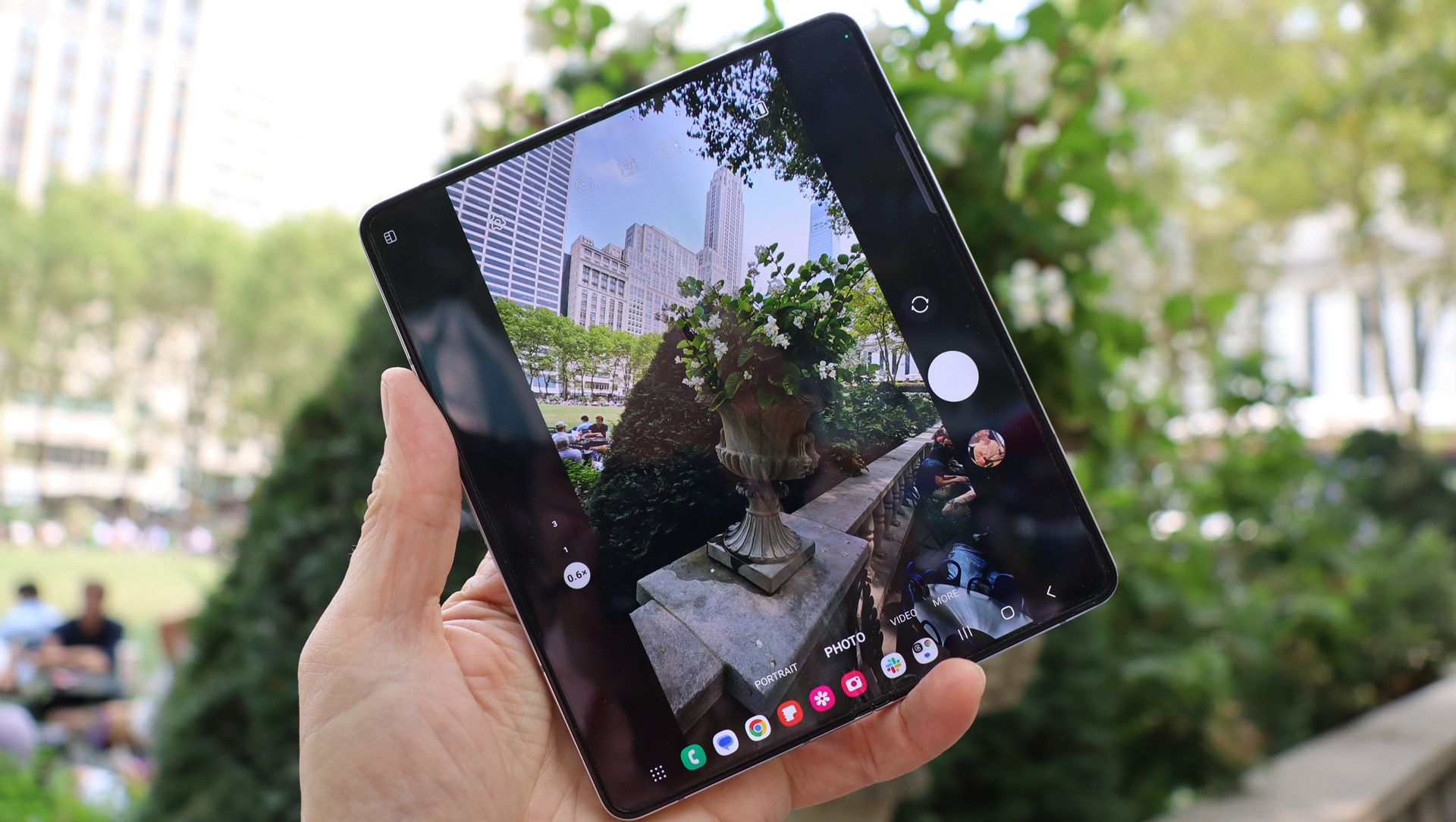
Both phones have the same dual selfie cam provision, too. That means a 10MP cover camera you’ll actually want to use, and a 4MP in-display internal camera that you almost certainly won’t. Or better yet, just ignore both and use the Cover Preview Screen feature to use the main camera as your selfie cam. It’ll turn out way better.
Ultimately, the more noticeable improvements Samsung makes with the Fold 6’s cameras – from everything but the ultra-wide, at least – come down to the image processing advancements supplied by the more advanced Snapdragon chip. That said, we expect the company to share its AI-powered processing special sauce with older models (read: the Galaxy Z Fold 5) in the coming months.
Samsung Galaxy Z Fold 6 vs Samsung Galaxy Z Fold 5: performance and software
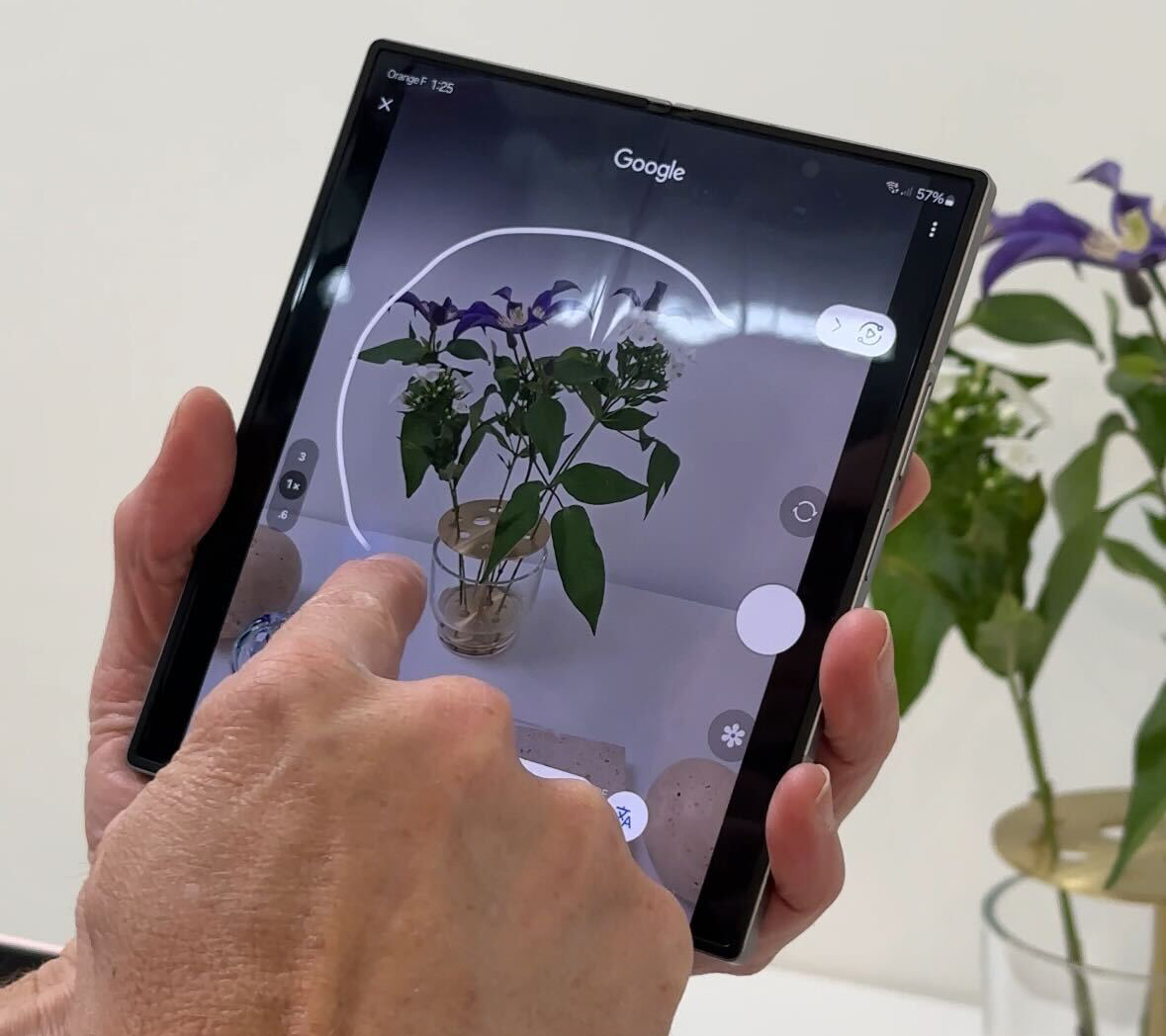
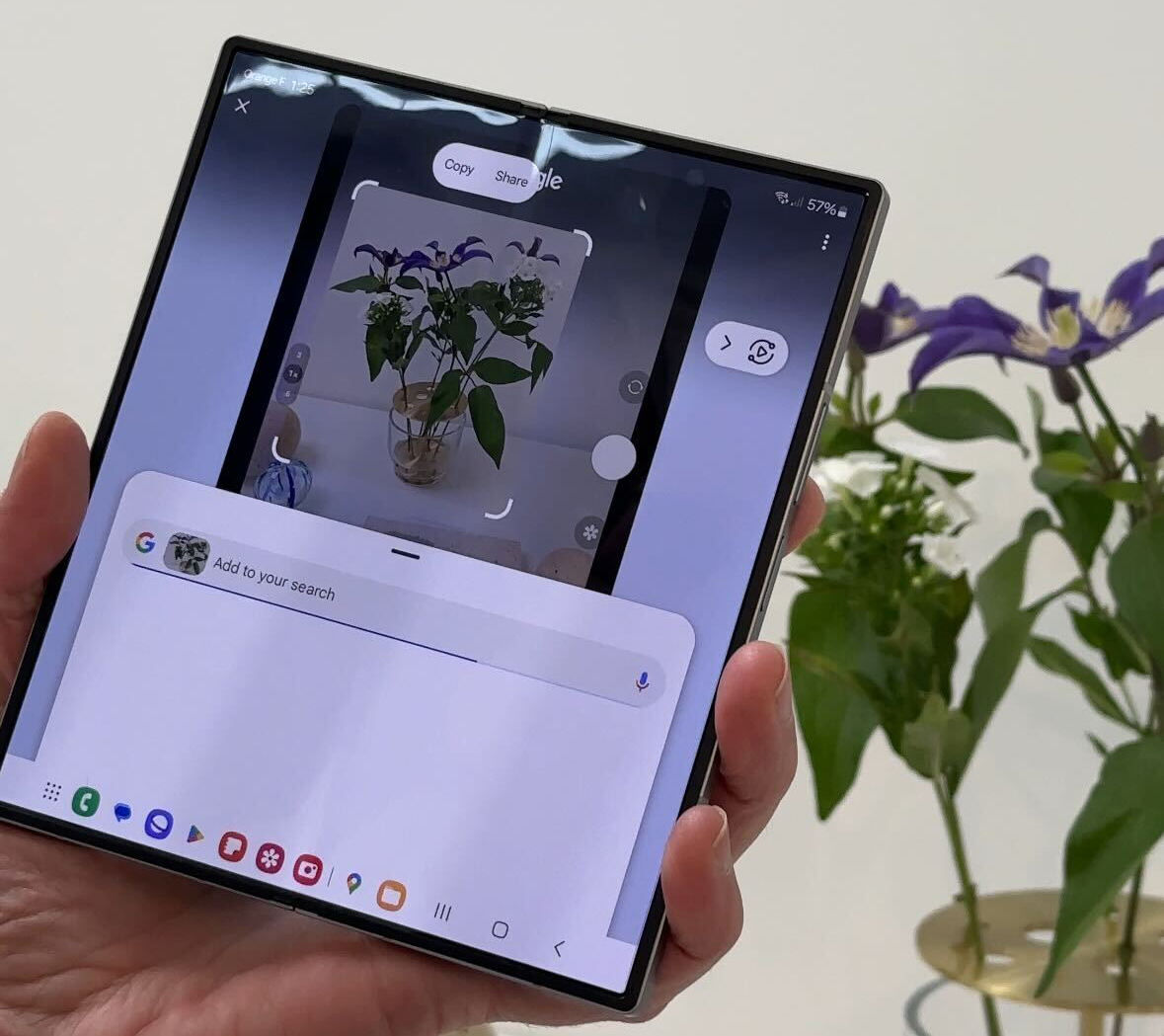
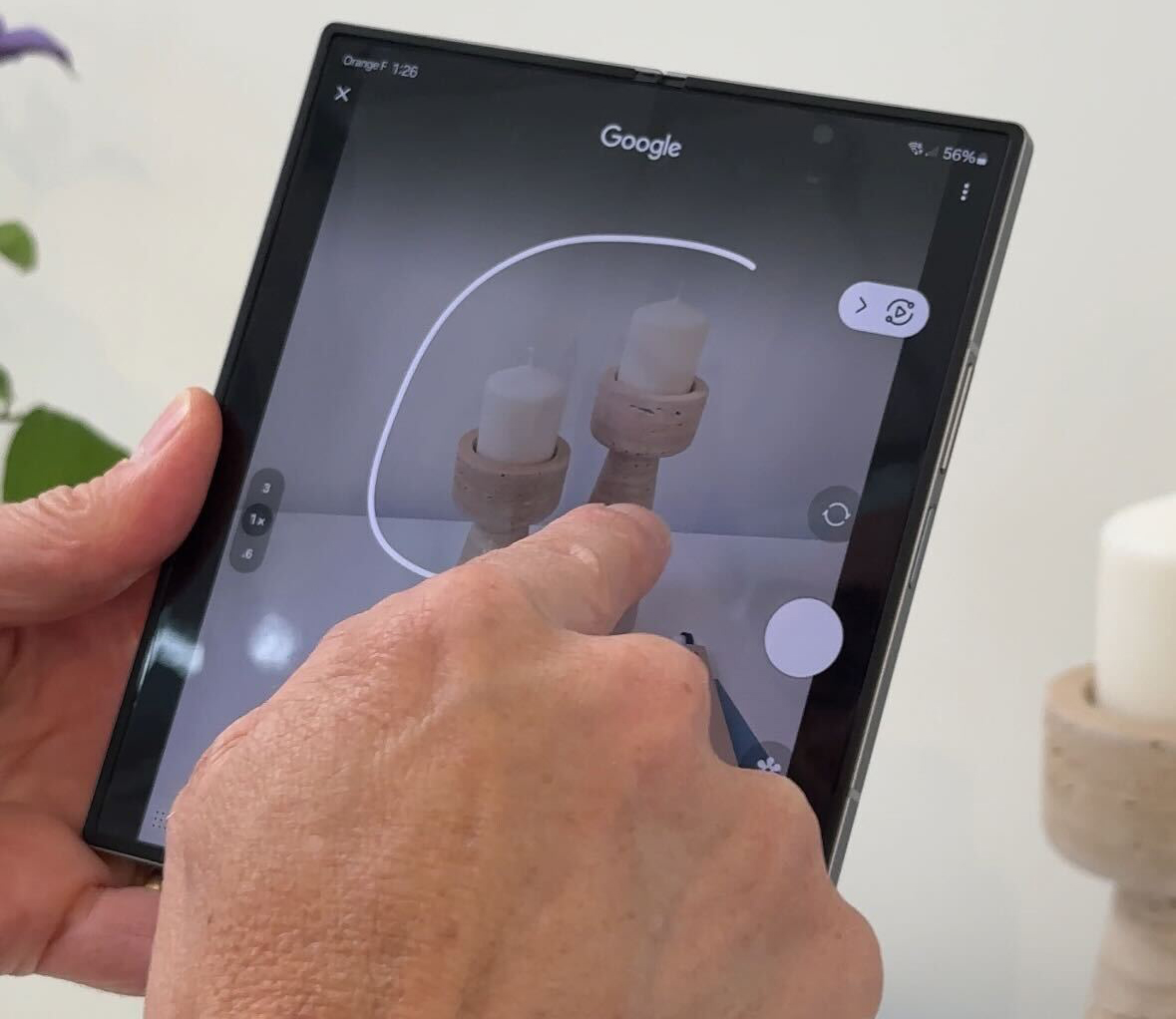
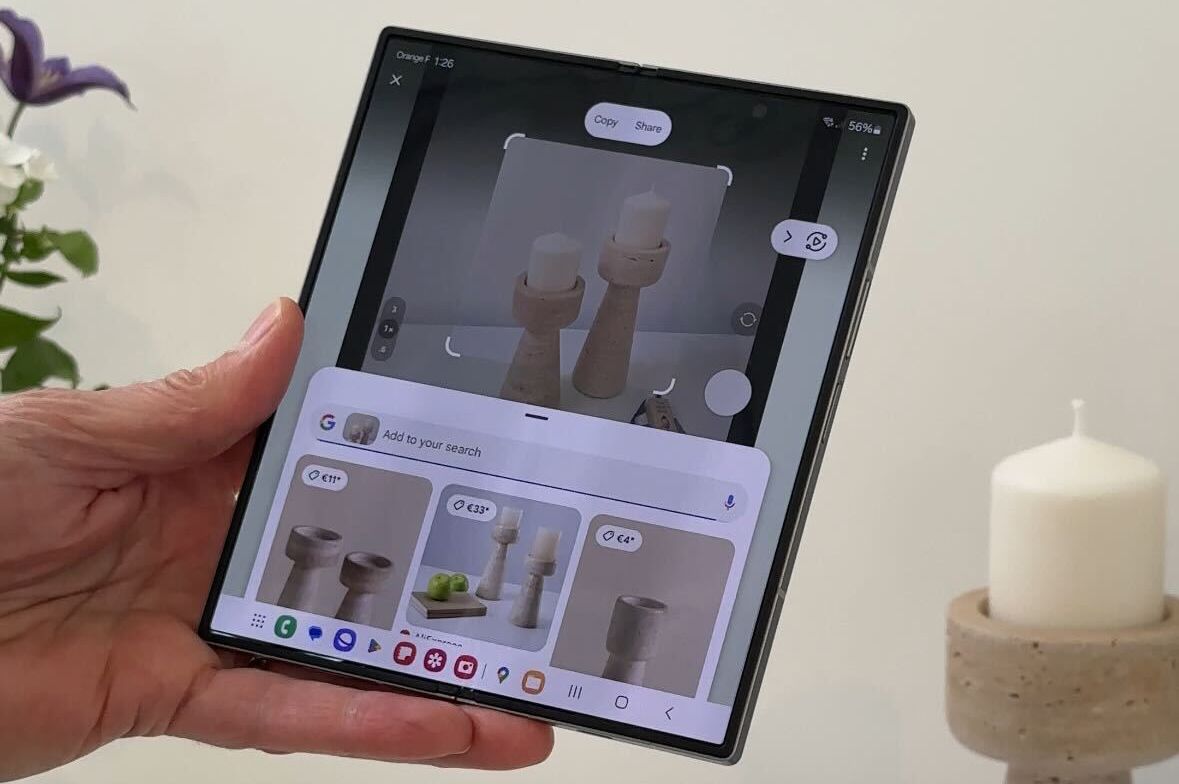
When it comes to performance, we’re looking at a straight-up generational upgrade from the Galaxy Z Fold 5 to the Fold 6.
Last year’s premium foldable ran on an overclocked version of Qualcomm’s Snapdragon 8 Gen 2 chipset, while the Fold 6 runs on a similarly enhanced version of the Snapdragon 8 Gen 3.
With both phones packing 12GB of RAM, there’s a clear, if not seismic, improvement in benchmark results for the Fold 6. In practical terms, you can’t really tell the difference – both models can blast through multitasking and high-end games without so much as a stutter – but the extra processing power in the Fold 6 does allow for the slightly smoother operation of Samsung’s on-device AI tools, like sketch-to-image generation and AI-based image enhancements.

Incidentally, the Fold 6’s new processor also enables Advanced Ray Tracing, but there aren’t many (if any) games that take full advantage of this high-end lighting technique at present.
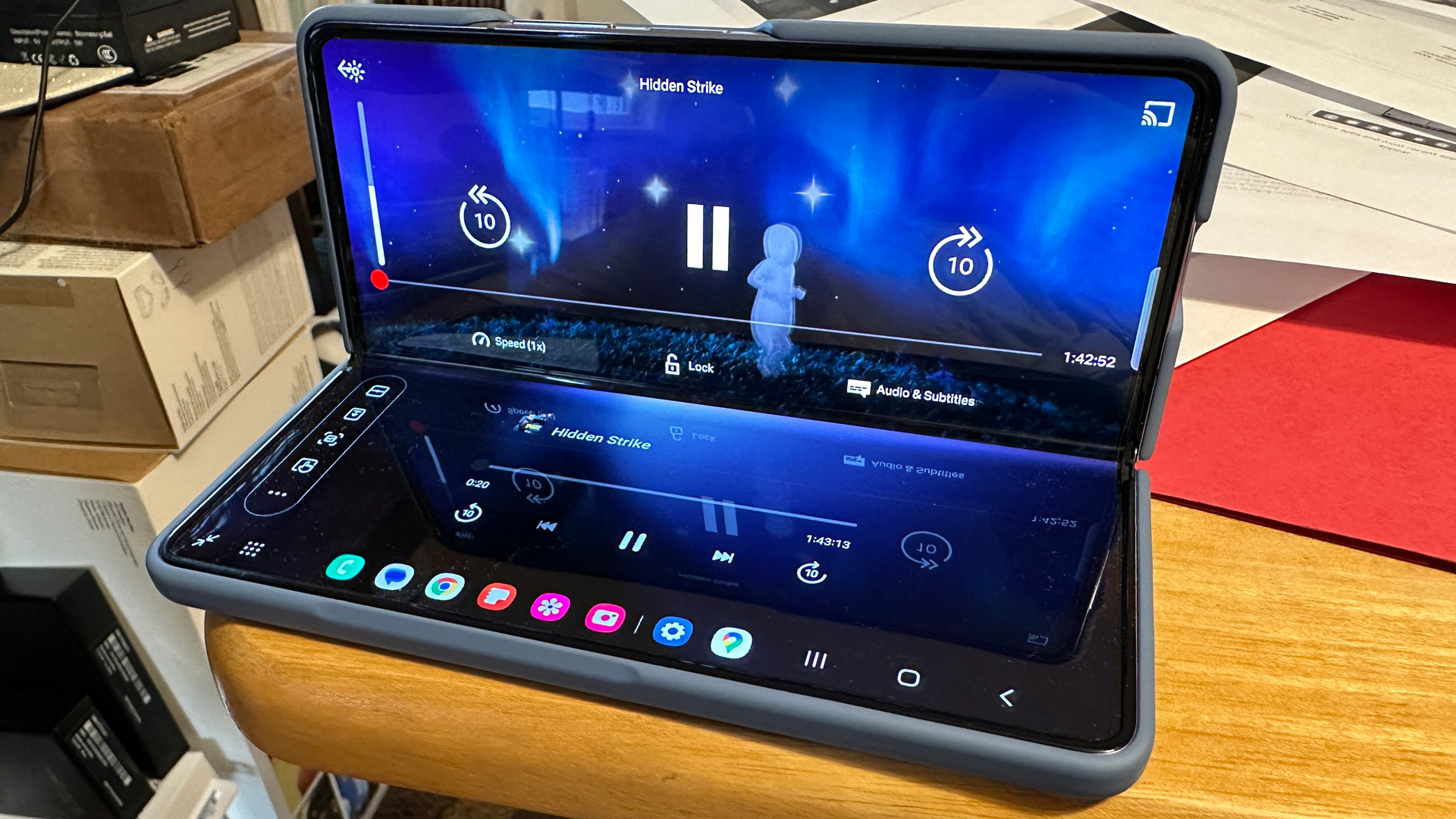
Both phones offer the same storage options: 256GB, 512GB, or 1TB. They also both run on One UI 6.1, which is layered on top of Android 14. In other words, they’re functionally identical, though as mentioned above, the Fold 6 performs its Galaxy AI tasks – Live Translate and Interpreter, for instance – a little quicker than the Fold 5.
Just about the only other software advantage the Fold 6 holds over the Fold 5 is the promise of seven years of updates. The Fold 5 was scheduled for five years, and the first of those has already passed.
Samsung Galaxy Z Fold 6 vs Samsung Galaxy Z Fold 5: battery
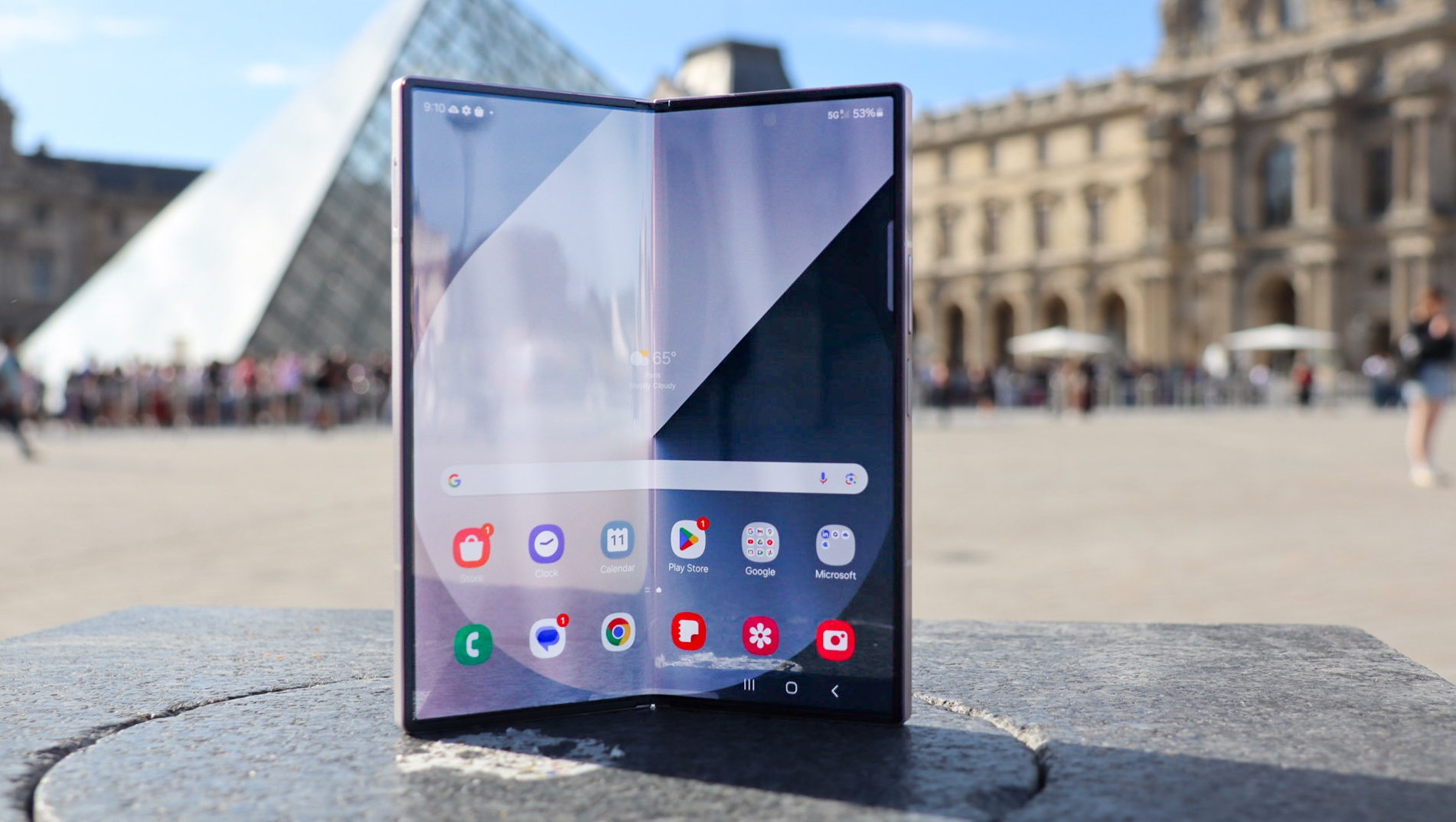
Both of these foldable phones pack a 4,400mAh battery that seems slightly too small for their big, beautiful AMOLED displays.
That said, in our experience, both the Fold 5 and Fold 6 typically lasted all day without giving up the ghost. That’s really all you can ask of a modern smartphone. Interestingly, despite its more efficient chipset, we found that the newer Fold 6 typically lasted 11 hours while the older Fold 5 typically lasted 15 hours, but the newer phone does have a pair of brighter displays to drive along, so perhaps that’s the reason for the slight drop-off. Battery life will also, of course, vary depending on your usage.
We’re distinctly underwhelmed with both phones’ charging provisions. Samsung has held fast to its 25W support, with no charger included, on the Galaxy Z Fold 6. That’s way short of the OnePlus Open’s 67W and the Honor Magic V2’s 66W provisions.
In both the Fold 5 and the Fold 6, this 25W charging support should allow you to charge from empty to 50% charge in 30 minutes. You also get 15W wireless charging support for both phones.
Samsung Galaxy Z Fold 6 vs Samsung Galaxy Z Fold 5: verdict

It would seem that 2024 is a year of refinement and subtle improvements in the world of Samsung foldables. The Galaxy Z Fold 6 certainly looks a lot like the Galaxy Z Fold 5, and both phones boast almost identical cameras, as well as the same battery and charging provisions.
There are some improvements for the newer phone, mind, most notably in the form of a slimmer and sharper design. It also adds an upgraded processor, while its screens are both slightly wider and much brighter than those of its predecessor.
Whether such minor improvements justify the $100 / £50 / AU$150 price bump for the Fold 6 is another matter entirely. Given that phones are now being judged by their ability to handle on-device AI tasks, we’re inclined to suggest that the more powerful Galaxy Z Fold 6 is the better investment in 2024 and beyond, but the Galaxy Z Fold 5 nonetheless remains a supremely capable, future-ready foldable.







